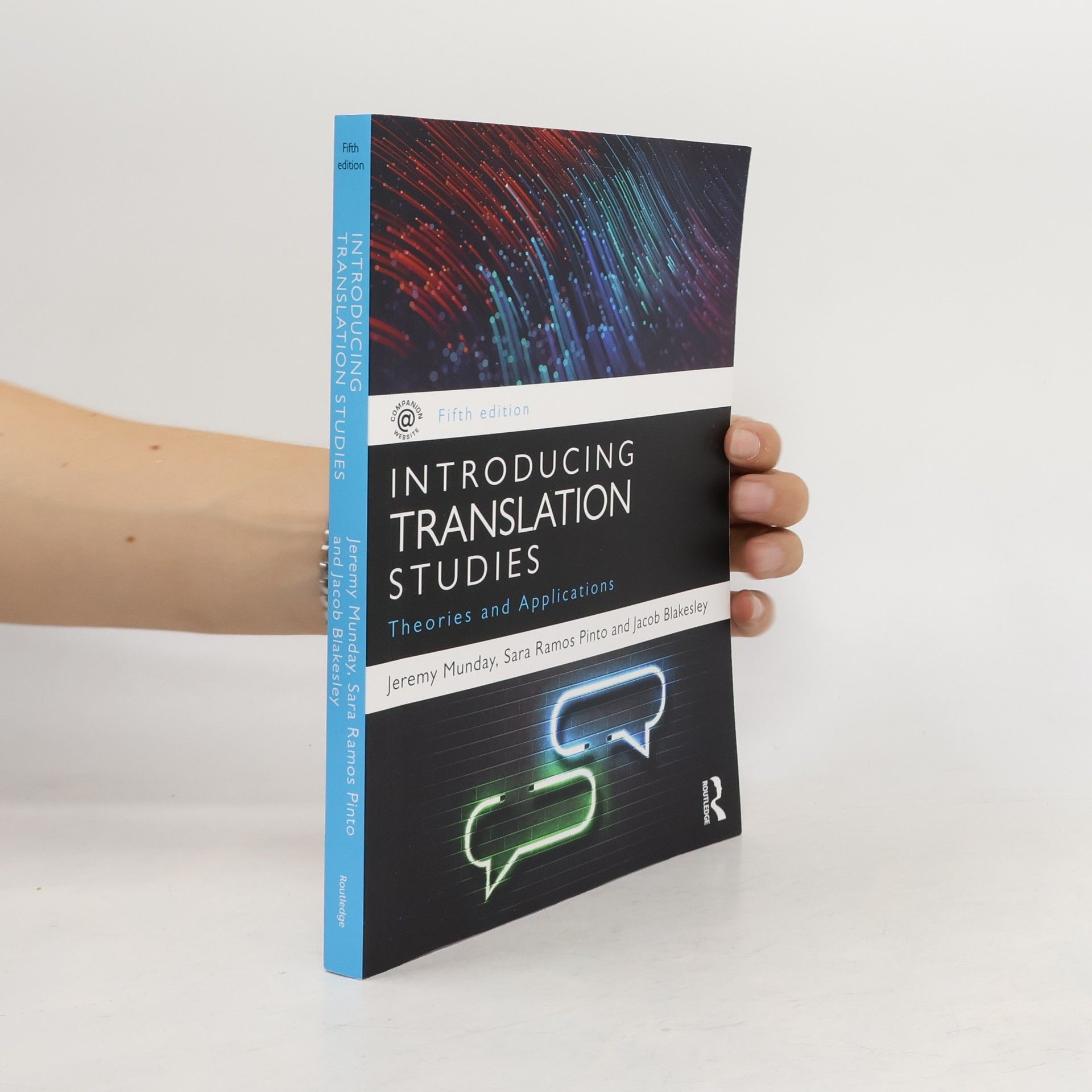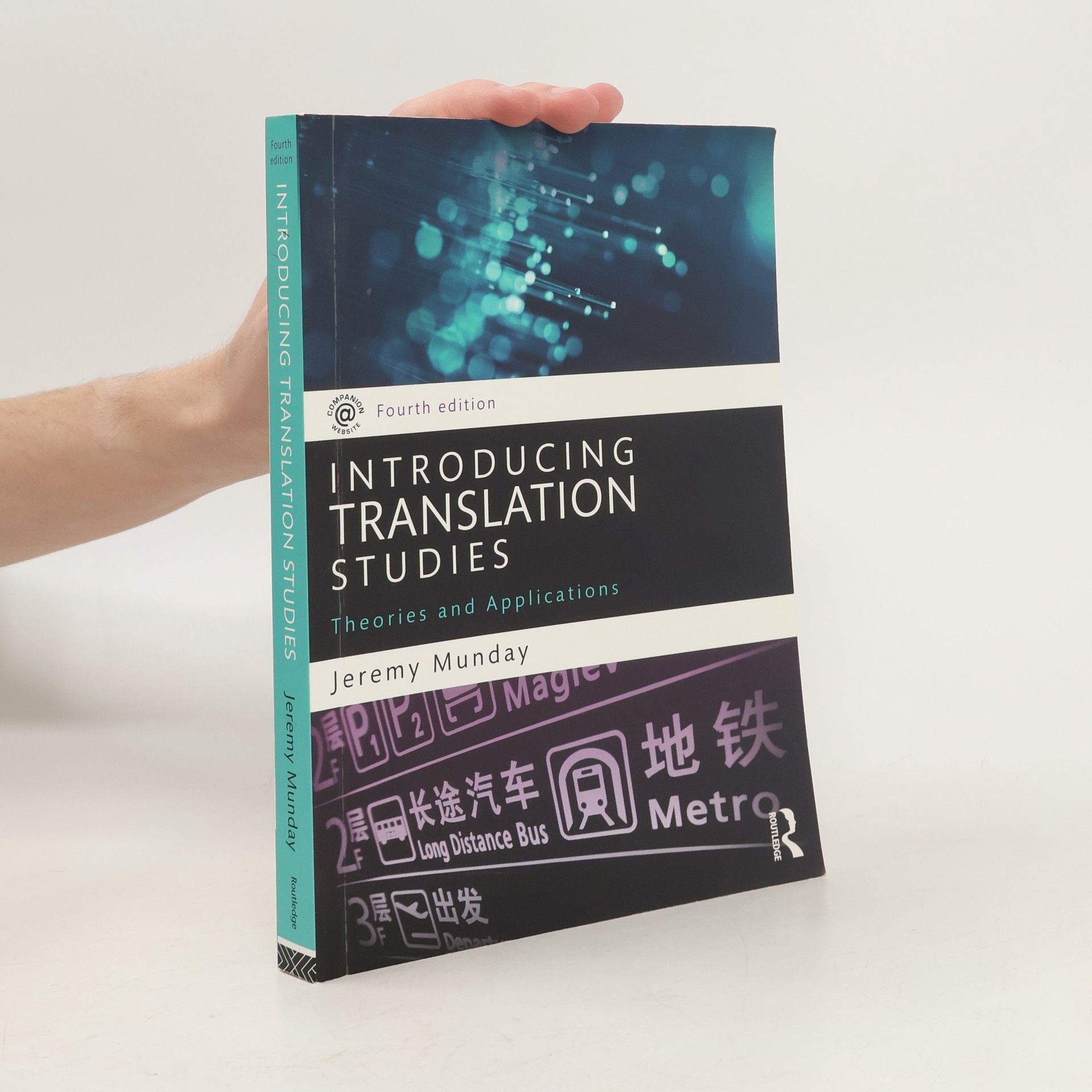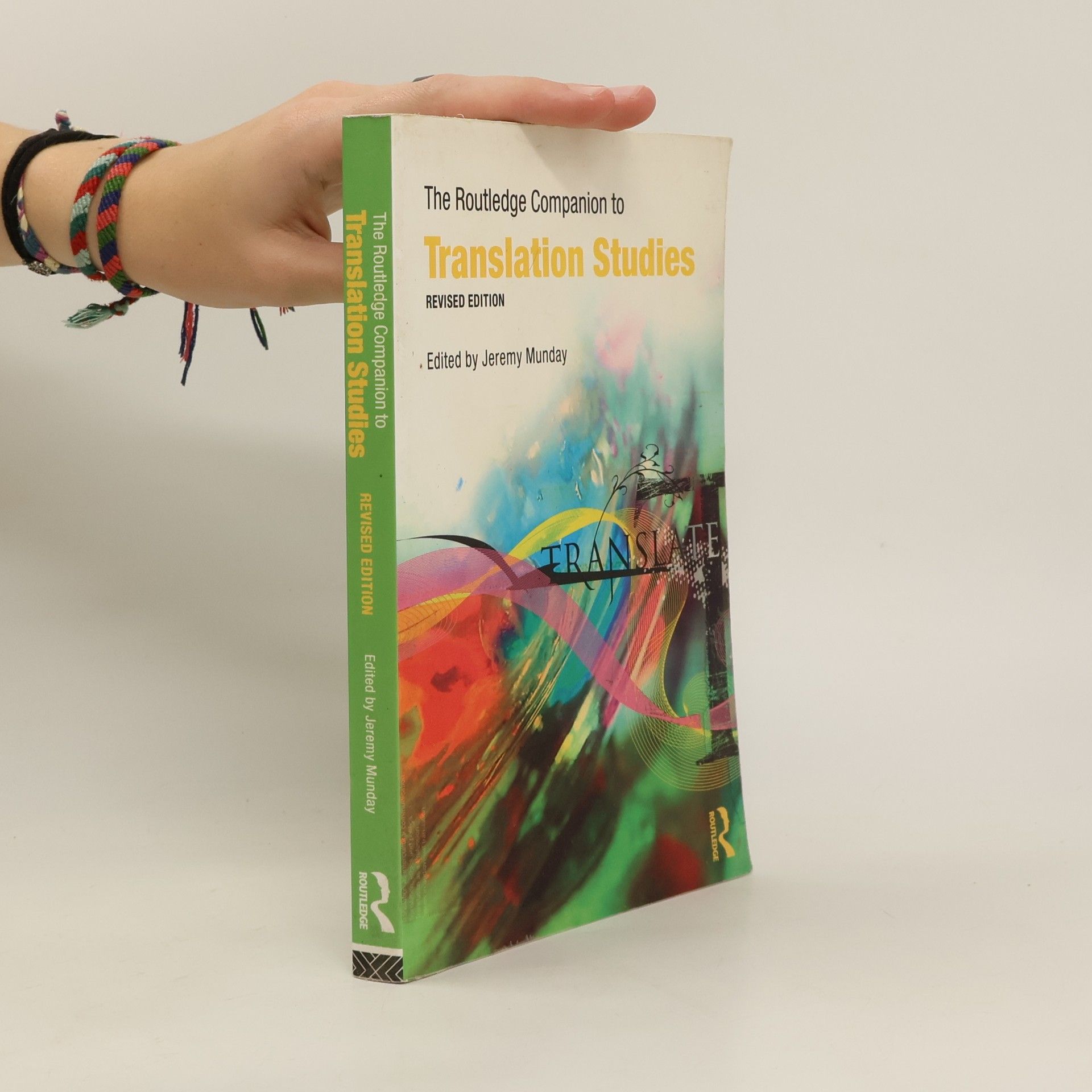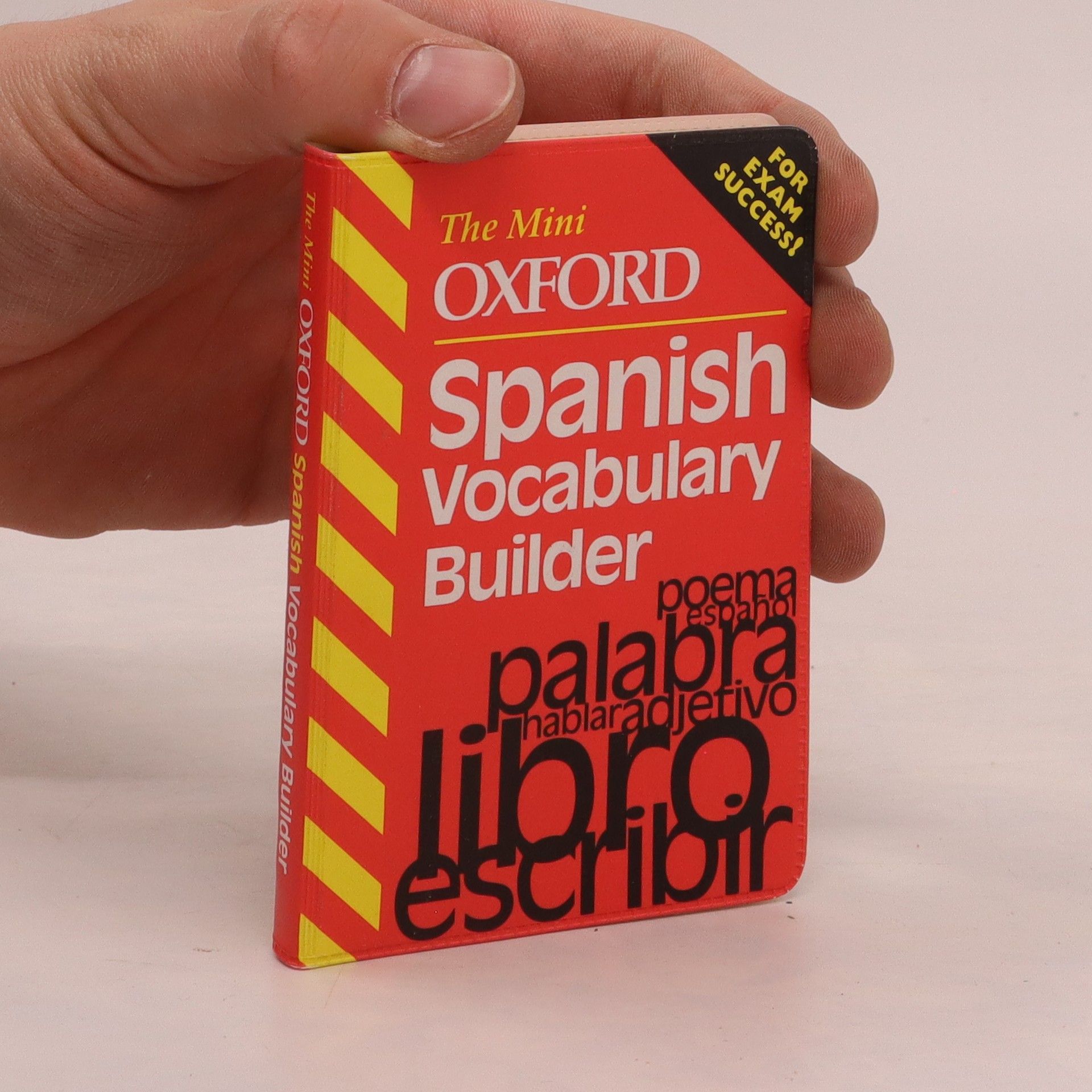Focusing on the unique 'voice' of English translations of twentieth-century Latin American literature, this book employs an interdisciplinary approach to analyze the stylistic choices of various translators. It delves into the linguistic features of these translations while examining the cultural and ideological contexts that shape their interpretations, providing insight into how translation influences the perception of Latin American texts in the English-speaking world.
Jeremy Munday Boeken
Jeremy Munday onderzoekt de ingewikkelde relatie tussen taal, ideologie en de daad van vertaling. Zijn werk duikt in de theoretische grondslagen van vertaling, waarbij hij onderzoekt hoe discours en machtsdynamiek literaire werken vormgeven wanneer ze taalkundige grenzen overschrijden. Hij probeert de complexe wisselwerking tussen bronteksten, vertalers en het publiek dat zich bezighoudt met vertaalde literatuur te begrijpen. Munday's benadering biedt lezers een kritische lens waarmee ze de nuances van vertaalstudies kunnen waarderen.






The Routledge Companion to Translation Studies
- 287bladzijden
- 11 uur lezen
Brings together essays from some of the leading international scholars on major areas in Translation Studies. This guide offers fresh perspectives on linguistics, context, culture, politics and ethics and contains a range of contributions on the areas such as cognitive theories, technology, interpreting and audiovisual translation.
Introducing Translation Studies: Theories and Applications
- 394bladzijden
- 14 uur lezen
« Introducing Translation Studies remains the definitive guide to the theories and concepts that make up the field of translation studies. Providing an accessible and up-to-date overview, it has long been the essential textbook on courses worldwide. This fourth edition has been fully revised and continues to provide a balanced and detailed guide to the theoretical landscape. Each theory is applied to a wide range of languages, including Bengali, Chinese, English, French, German, Italian, Punjabi, Portuguese and Spanish. A broad spectrum of texts is analysed, including the Bible, Buddhist sutras, Beowulf, the fiction of García Márquez and Proust, European Union and UNESCO documents, a range of contemporary films, a travel brochure, a children’s cookery book and the translations of Harry Potter. Each chapter comprises an introduction outlining the translation theory or theories, illustrative texts with translations, case studies, a chapter summary and discussion points and exercises. »-- Résumé de l'éditeur
Introducing Translation Studies
- 384bladzijden
- 14 uur lezen
This is the definitive guide to the theories and concepts that make up the dynamic field of translation studies. Providing an accessible and fully up-to-date overview of key movements and theorists within an expanding area of study, this textbook has become a key source for generations of translation students on both professional and university courses. New features in this third edition include: the latest research incorporated into each chapter, including linguistic precursors, models of discourse and text analysis, cultural studies and sociology, the history of translation, and new technologies a new chapter with guidelines on writing reflective translation commentaries and on preparing research projects and dissertations more examples throughout the text revised exercises and updated further reading lists throughout a major new companion web site with video summaries of each chapter, multiple-choice tests, and broader research questions. This is a practical, user-friendly textbook that gives a comprehensive insight into how translation studies has evolved, and is still evolving. It is an invaluable resource for anyone studying this fascinating subject area.
Introducing Translation Studies: Fifth Edition
- 324bladzijden
- 12 uur lezen
Introducing Translation Studies remains the definitive guide to the theories and concepts that make up the field of translation studies. Providing an accessible and up-to-date overview, this is a practical, user-friendly textbook ideal for students and researchers on courses in Translation and Translation Studies.
Translation introduces the theory and practice of translation from a variety of linguistic and cultural angles. Written by experienced teachers, translators and researchers in the field, Translation remains an essential resource for students and researchers of Translation Studies and Applied Linguistics.
The Mini Oxford Spanish Vocabulary Builder
- 160bladzijden
- 6 uur lezen
Covers each of the areas needed for study at progressive levels of difficulty up to first examination level. With this handy mini reference book you will soon be able to build and use a wide vocabulary over an extended range of themes and topics.
